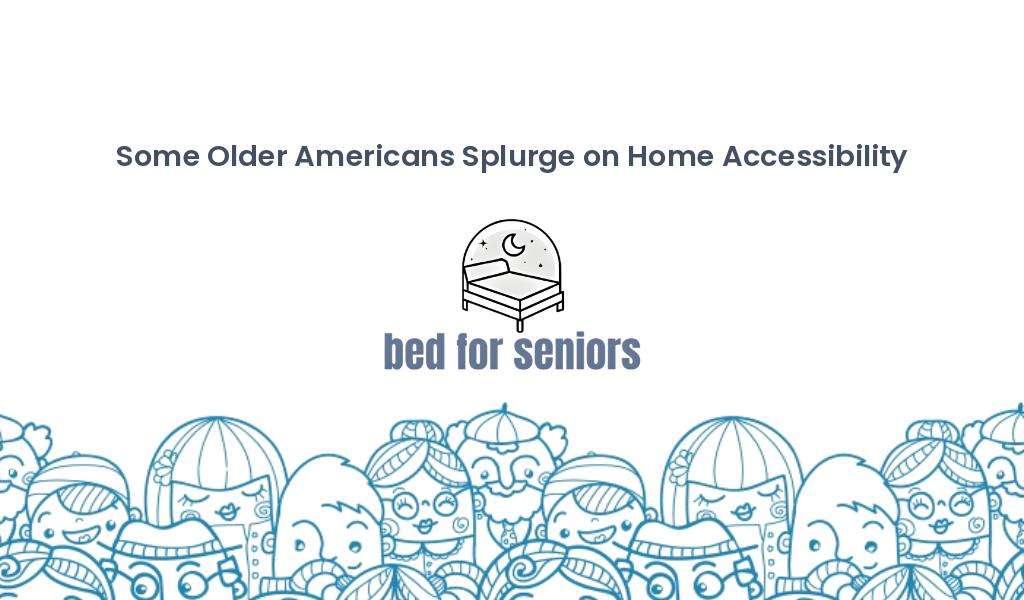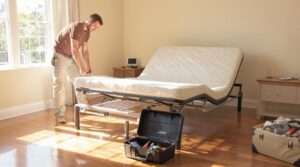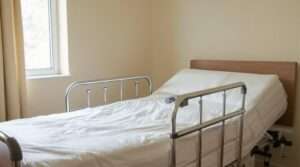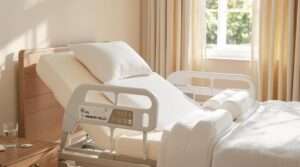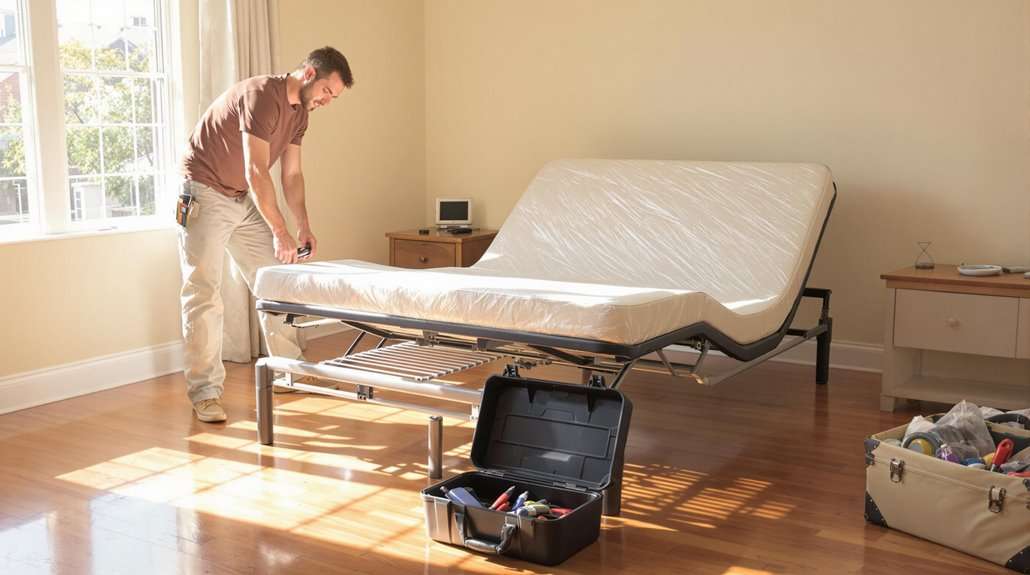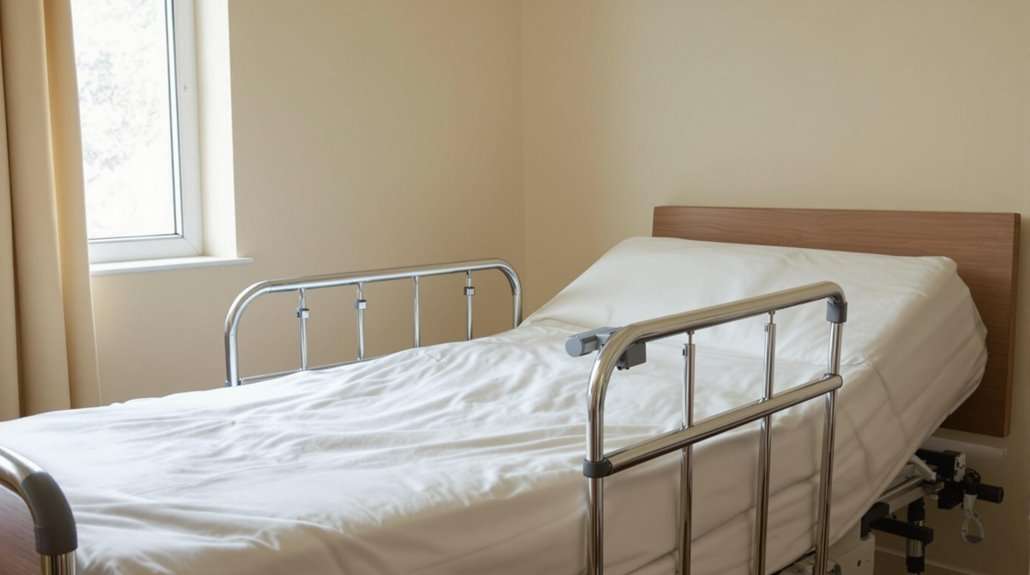Some Older Americans Splurge on Home Accessibility, While Others Struggle
As the population of older Americans continues to grow, many are facing the challenge of adapting their homes to accommodate changing physical needs. While some retirees are able to invest in extensive renovations to enhance accessibility and safety, others find themselves struggling to afford even basic modifications[1].
The trend of “aging in place” has gained popularity among seniors who prefer to remain in their own homes rather than move to assisted living facilities. This desire has led to a surge in home modifications aimed at improving safety and mobility for older residents[1].
For those with the financial means, renovations can be quite comprehensive. Examples of high-end modifications include:
– Installing elevators or stairlifts
– Widening doorways to accommodate wheelchairs
– Remodeling bathrooms with walk-in tubs and grab bars
– Adding smart home technology for enhanced security and convenience
These extensive renovations can cost tens of thousands of dollars, making them accessible only to a segment of the older population with substantial savings or home equity[1].
However, many seniors face financial constraints that limit their ability to make even modest safety upgrades. For these individuals, simple modifications such as installing grab bars in bathrooms or improving lighting can be challenging to afford. The struggle to finance these essential changes highlights the growing disparity in housing quality and safety among older Americans[1].
The issue of home accessibility for seniors raises important questions about equity and support for aging populations. As the number of older Americans continues to increase, policymakers and communities may need to consider programs or initiatives to assist those who cannot afford necessary home modifications[1].
Ultimately, the ability to age safely and comfortably at home is becoming increasingly dependent on financial resources, creating a divide between those who can invest in extensive renovations and those who struggle to make even basic safety improvements[1].
Citations:
[1] https://www.salemnews.com/news/business/some-older-americans-splurge-to-keep-homes-accessible-while-others-struggle-to-make-safety-upgrades/article_8bec7e4e-12df-11ef-afcb-c78d3a8155aa.html

